Photographs: Reuters George Joseph in New York
Former Goldman Sachs director Rajat Gupta was on Wednesday sentenced to two years in prison and fined $5 million by a US judge, months after the Indian-American Wall Street titan was found guilty of leaking boardroom secrets to a hedge fund manager in the largest insider trading case in the country's history.
Gupta, 63, was handed down a two-year prison term by US District Court Judge Jed Rakoff, who also ordered him to pay a $5 million fine. Gupta, reading from a statement, said: "The last 18 months have been the most challenging period of my life since I lost my parents as a teenager."
"I regret terribly the impact of this matter on my family, my friends and the institutions that are dear to me. I've lost my reputation I built for a lifetime. The verdict was devastating," he said.
"His conduct has forever tarnished a once-sterling reputation that took years to cultivate," Manhattan's top federal attorney India-born Preet Bharara said.
What did Rajat Gupta gain from leaking insider information to Raj Rajaratnam? The irony is that he did not make any money.
The jury took two weeks to convict Raj Rajaratnam, who profited from leaks. Yet they took only two days to convict Gupta who did not make any money. It was a clear message to the prevailing culture of Wall Street.
'They (the jury) just don't happen to live and work in a world like Wall Street where favours are done and relationships cultivated at any cost; where informal conversations slip into illegality with amazing nonchalance; where secrets are traded like marbles; where insider trading is, as Gupta's prosecutor, US Attorney Preet Bahara put it, a 'performance-enhancing drug.' It's called 'intangible benefits.' Because he sought and savoured those benefits so avidly, Rajat Gupta, for all his virtues, must do time,' wrote Richard Levick, president and CEO of Levick Strategic Communications.
...
Rajat Gupta: American dream turns nightmare
Photographs: Mark Dye/Reuters
According to Gary Naftalis, Gupta's chief defence lawyer, Gupta has not made any money, but lost his entire investment with Rajaratnam, which was about $10 million. Friends said Gupta was toying with the idea of suing Rajaratnam, when federal authorities arrested him.
The federal sentencing guidelines seek to differentiate between those who profit from insider trading and those who don't. But the prosecution noted that Gupta was responsible for the trading that resulted in an aggregate $16 million in profit for Galleon Group.
Gupta, who had achieved a high-profile status as a corporate executive, was considered as one of the main pillars of Indian-American community for his work as well as charity and benevolence.
...
Rajat Gupta: American dream turns nightmare
Photographs: Reuters
For the community he was a model for reaching the 'American Dream' as well as extending a hand to the less fortunate in the US and in India. His fall from grace was an unbelievable shock for the community.
'Importantly, his career embodies values that Americans hold highest. He was an orphan. He went to Harvard Business School on a scholarship. He rose to dizzying heights. The jury foreman called it a 'storybook life,' Levick noted.
'We were hoping he would walk out of this courthouse,' said another juror. Some jurors were crying when the verdict was read.
...
Rajat Gupta: American dream turns nightmare
Photographs: Brendan McDermid/Reuters
Naftalis pointed out that Gupta would not risk everything for money he neither made nor needed. Post-trial comments suggest that jurors felt Rajaratnam manipulated Gupta, Levick noted. Moreover, the evidence against Gupta was almost all circumstantial.
When Rajat K Gupta was appointed managing director worldwide of McKinsey & Company in 1994, former partner at McKinsey and best-selling management guru Tom Peters said, 'he is the best thing to happen to McKinsey since Marvin Bower's days at the firm.'
Even after he retired from McKinsey in 2003 after 30 years of service and went on to serve as board member of top American companies and also advisor to the then United Nation secretary general Kofi Annan, Gupta grew in stature and fame for his vision, integrity and creativity.
A tribute to him came from then President George Bush when at a Rose Garden event he congratulated Gupta for his compassion and concern. 'It is important for people who have been successful in the business world to contribute something back to society. Rajat, thank you for that spirit, and thank you for that compassion and concern,' President Bush said.
...
Rajat Gupta: American dream turns nightmare
Photographs: Kind courtersy, www.friendsofrajat.com
Besides being a top-notch management, Gupta has also been involved with charities and philanthropic activities, including with American-India Foundation, the largest Diaspora philanthropy organisation focused on India and based out of the United States, where he was co-chairman, for a long time.
'The picture that has been painted in the mainstream media has been done mostly by people who do not know anything about Rajat Gupta, and also by people who have vested interests,' a friend of Gupta who has worked with him and known him for a long time, told India Abroad earlier.
Friends had set up a website to make his contributions known to the world, www.friendsofrajat.com.
'The picture that has been painted of Rajat in the press and blogosphere contradicts what we know of Rajat first hand. Over the course of the last year, a greatly unfair and incorrect caricature of the real Rajat Gupta has emerged. Most of the commentary is provided by people who do not know Rajat and who are simply extrapolating from the one-sided press and blog entries,' the site noted.
'We are friends of Rajat and many of us have known him for decades. We know that over his life he has touched many hundreds of lives, almost always for the better. We ask those that know him best provide their perspectives about him and help correct the unfortunate misrepresentation of his character.'
...
Rajat Gupta: American dream turns nightmare
Photographs: Amit Dave/Reuters
Many people from all over the world wrote about Gupta on the site.
In his comment Mukesh Ambani noted, 'I have known Rajat now for over 20 years. In every conversation I have had with him over the years, he was always talking about the things he wanted to do for India, for others, and never about himself.'
Gupta joined McKinsey & Company in 1973 and went on to become the firm's first managing director born outside of the US, completing three full terms at the coveted position.
Gupta became the head of the Scandinavian offices in 1981 and the head of the Chicago office in 1990. In 1994, he was elected managing director. Gupta is widely regarded as one of the first Indians to successfully break through the glass ceiling.
He assumed the role of office manager there in 1989, was elected managing director of the firm in 1994 and re-elected twice, once in 1997 and again in 2000.
...
Rajat Gupta: American dream turns nightmare
Photographs: Kind Courtesy, www.isb.edu
Since joining the firm, Gupta has directed a number of projects aimed at helping companies develop new product/market strategies and reorganise for improved effectiveness and operations capabilities.
He has a broad range of consulting experience with a variety of industries, including telecommunications, energy, and consumer goods. In 2000, Gupta was ranked among the top 10 consultants globally.
Gupta was on the Advisory boards of Harvard Business School and the Northwestern University's Kellogg School of Management.
He was instrumental in founding the Indian School of Business, Hyderabad, India in 2001.
He is also Chair of The Global Fund to Fight AIDS, Tuberculosis and Malaria. He has many other professional and business affiliations, including: on the Board of Governors of the Lauder Institute of Management & International Studies, The Wharton School, University of Pennsylvania; Chairman of the Board of Associates of the Harvard Business School; and Dean's Advisory Council, MIT Sloan School of Management.

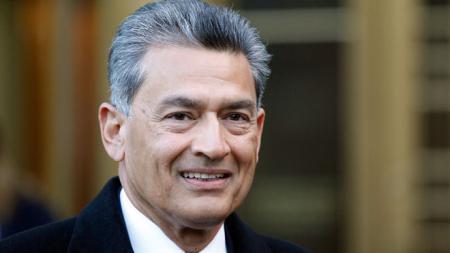
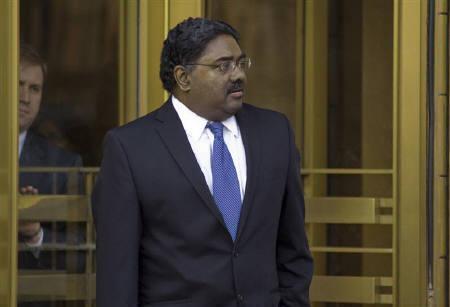

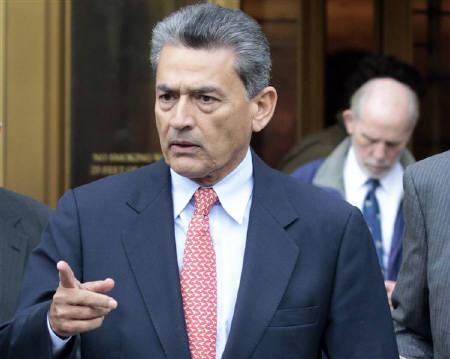
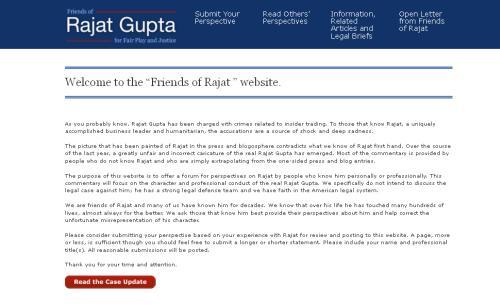
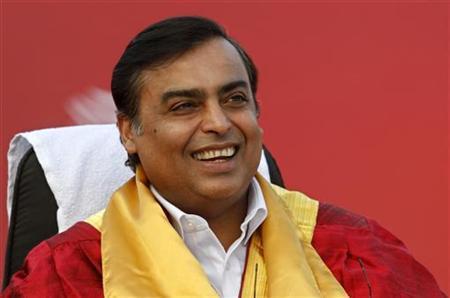
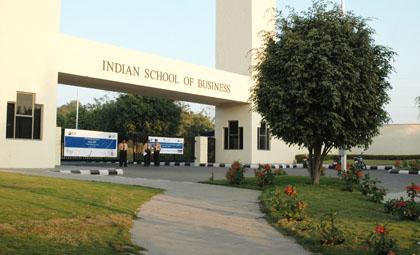
article